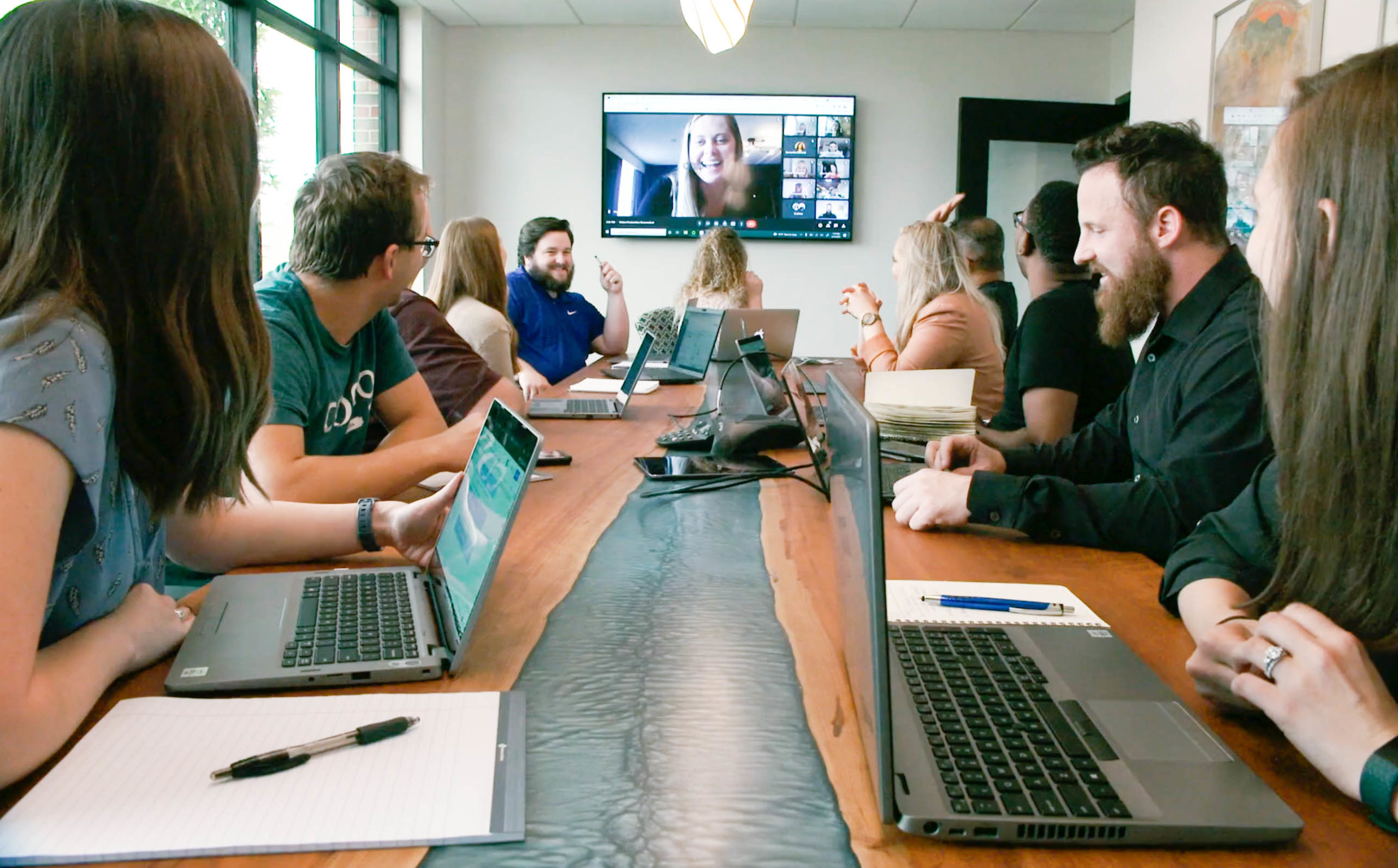Category: Case Study
Building a Brand Performance Strategy for Bread & Butter Wines
Driving 4X ROAS for CPG Wine Client on Instacart
Increasing Brand Lift and Growing Market Share for BODYARMOR
Using Facebook Lead Ads to Drive a Sales Pipeline
Targeting Tourism Audiences With CTV Advertising Campaigns
Your description here

